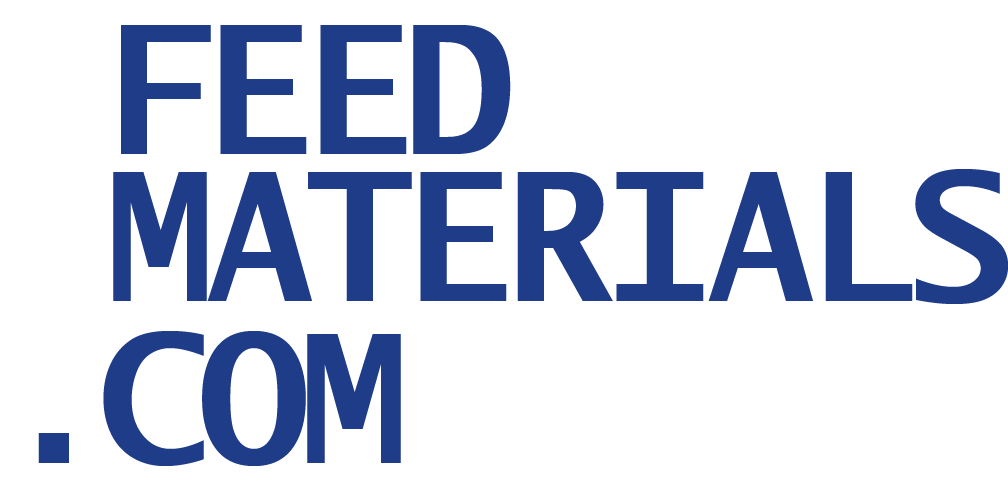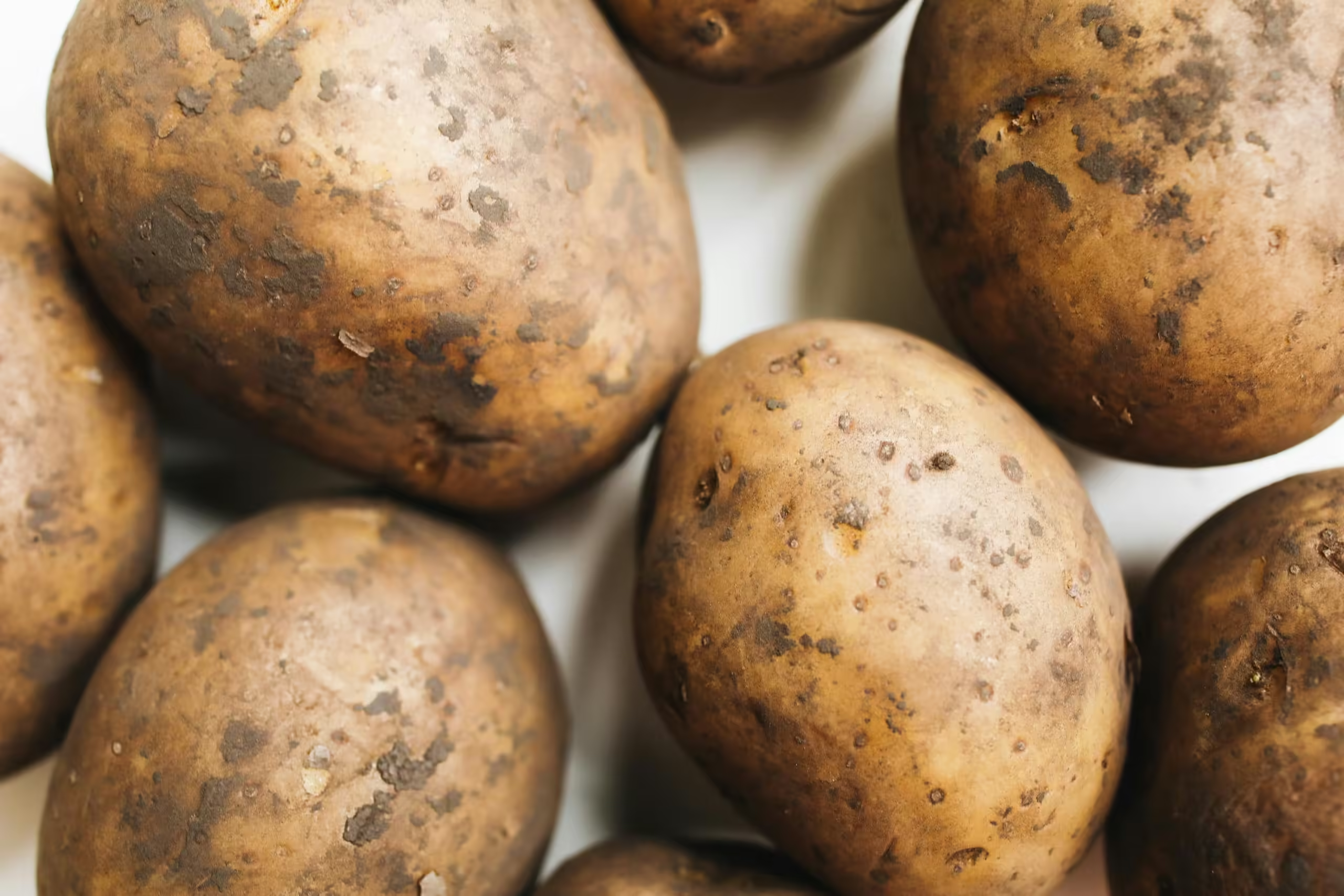As beef producers strive to optimize the efficiency and profitability of their operations, the inclusion of alternative feedstuffs in cattle diets is an increasingly popular consideration. Potatoes, a staple crop in many regions, offer an interesting opportunity for cattle producers, particularly in areas where they are abundant or where surplus potatoes are available. This blog post will explore the benefits, considerations, and best practices for feeding potatoes to fattening cattle.
Why Consider Potatoes for Cattle Feed?
Potatoes are an energy-rich food source, primarily composed of starch, making them a suitable option for fattening cattle. Here are some key reasons to consider potatoes as part of your cattle’s diet:
- High Energy Content: Potatoes are approximately 75% water and 20% starch. The high starch content provides a significant energy boost, which is crucial for fattening cattle.
- Cost-Effective: In regions where potatoes are produced in excess or where there are lower-quality tubers that aren’t suitable for human consumption, they can be an economical feed alternative.
- Palatability: Cattle generally find potatoes to be highly palatable, which can lead to good intake rates when they are included in the diet.
- Waste Reduction: Utilizing potatoes that would otherwise go to waste can be an environmentally friendly way to feed cattle, reducing food waste and supporting sustainable farming practices.
Nutritional Considerations
While potatoes can be a valuable feed resource, it is essential to understand their nutritional profile and how they fit into a balanced diet:
- Protein Content: Potatoes are low in protein (around 2-3%), so they must be fed alongside a protein supplement or in a diet that includes other protein-rich feedstuffs.
- Moisture Content: The high water content (about 75%) of potatoes means that large quantities are needed to meet the energy needs of cattle, as opposed to drier feed options.
- Fiber: Potatoes are low in fiber, so it is important to ensure that the rest of the diet provides adequate roughage to maintain rumen health.
- Vitamin and Mineral Balance: Potatoes lack some essential vitamins and minerals. Therefore, a balanced mineral mix should be provided when potatoes make up a significant portion of the diet.
Feeding Potatoes: Best Practices
To maximize the benefits of feeding potatoes to cattle while minimizing risks, follow these guidelines:
- Gradual Introduction: Introduce potatoes slowly into the diet to allow the rumen microflora to adjust. Start with small amounts and gradually increase over 1-2 weeks.
- Processing: Although potatoes can be fed raw, chopping or slicing them can prevent choking and ensure better intake, especially for larger tubers. Cooking is not necessary but can increase digestibility.
- Balanced Diet: Ensure that the diet remains balanced, with adequate protein, fiber, and minerals. Potatoes should not exceed 20-25% of the total dry matter intake to avoid nutritional imbalances.
- Storage and Handling: Store potatoes in a cool, dry place to prevent spoilage. Avoid feeding sprouted or green potatoes, as they contain solanine, a toxic compound that can harm cattle.
- Monitor Cattle: Regularly monitor the health and performance of cattle on a potato-inclusive diet. Look for any signs of digestive upset or other health issues.
Potential Challenges
Feeding potatoes to cattle, while beneficial, does come with some challenges:
- Logistics: Handling and storing large quantities of potatoes can be labor-intensive. Proper equipment may be needed for chopping or slicing.
- Consistency: The nutritional content of potatoes can vary based on variety, growing conditions, and storage, so consistent monitoring of diet quality is necessary.
- Rumen Acidosis: Due to their high starch content, potatoes can increase the risk of rumen acidosis if fed in excess or introduced too quickly. Careful diet management is essential to prevent this condition.
Conclusion
Incorporating potatoes into the diet of fattening cattle can be a highly effective and cost-efficient strategy, particularly in regions where potatoes are readily available or where there is surplus production. By understanding their nutritional profile and following best practices in feeding, producers can take full advantage of this alternative feedstuff while ensuring the health and productivity of their cattle.
As with any feed change, it is advisable to consult with a nutritionist or veterinarian to tailor the diet to the specific needs of your cattle and ensure that all nutritional requirements are met. With the right approach, potatoes can be a valuable addition to your cattle feeding program, contributing to both economic and environmental sustainability in your operation.


Leave a Reply